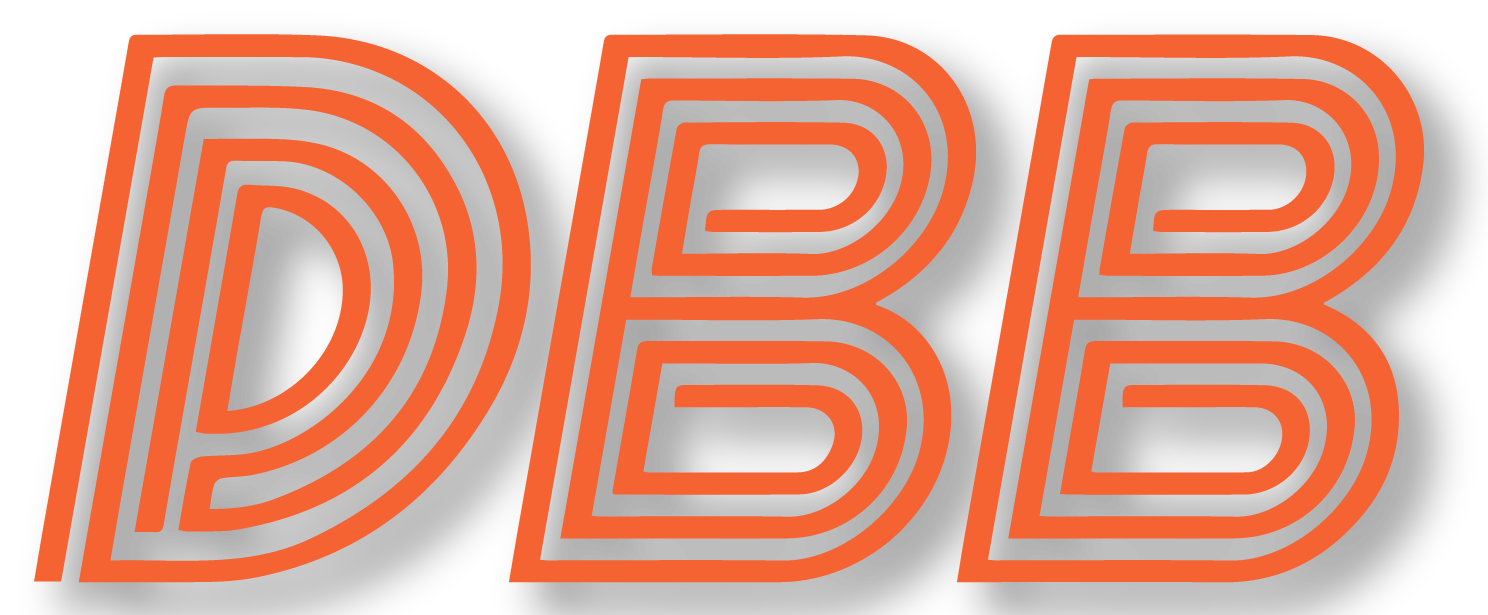By Andrew Link
In part 2 of this crossover series (that nobody asked for), Johnathan Wood and I will take you on a journey of expectations for the third-year Bears quarterback. As discussed in part 1, Mitch Trubisky has struggled with the deep ball. There were a myriad of reasons why but the gist of it is this: Trubisky was below league average, threw almost as many deep passes as anyone in the NFL, and for this offense to take a leap in 2019, that particular portion of the game needs to improve.
Esteemed data man Johnathan Wood has come up with some theories of his own and you can read about those here. And I urge everyone to go and read the full article at Da Bears Blog. But for the sake of simplicity, I will take a few excerpts from said article and share those with you all.
To approach this from a statistics perspective, I used the Pro Football Reference Game Play Finder to break up raw passing statistics into deep (15+ yards down the field) and short (<15 yards past the line of scrimmage). I looked at 19 quarterbacks who were starters in 2018 and had been playing consistently for at least 4 years (full data here). I’ll note that data for deep passes only goes back through 2008, so that’s as far back as I was able to go for QBs who have played longer than that.
Here’s what I found: while some quarterbacks are certainly better deep passers than others, the amount of year-to-year variability for each quarterback is greater for deep passes than short passes. That can be measured through the standard deviation for each quarterback, which expresses how much they vary from year to year in a given statistic (bigger number = more fluctuation). I found this for each quarterback for the main passing statistics, both short and deep, and then averaged them together for all 19 quarterbacks in each category. The results can be seen in the table below.

Pay particular attention to the ratio. That’s a rough measure of how much more variable deep passing statistics are to short ones for a given quarterback from year to year. Yards per attempt and interception percentage are both more than 4 times as variable for deep passes as short ones. That is excellent news for Bears fans, given Mitchell Trubisky’s high interception rate on deep passes in 2018.
I found this to be interesting. This makes sense to a point. Surely throwing the ball deep is going to have some level of pure luck, and as you will see in the videos, there is certainly an element of luck to it. It also makes sense that the deeper the throw, the farther off-target misthrown balls will be. Imagine being able to hit your driver 320 yards and being off by a few degrees. A much larger margin of error than say, someone who hits their 3 wood 230 yards.
Worthy Adversaries
But luck can’t be everything, can it? There has to be more to it than that. I decided to look at some of the other quarterbacks in the league to see what I can key on as areas of improvement for Trubisky as he heads into his 2nd year under head coach and playcaller Matt Nagy. I scoured the tape of some of the best deep ball artists in the NFL: Aaron Rodgers, Drew Brees, Tom Brady, Ben Roethlisberger, and Russell Wilson.
Disclaimer: This second part took so long to produce because I became violently ill after watching so many plays of Aaron Rodgers wearing those horrible yellow uniforms. I am feeling better now, thanks for asking.
Read More …










